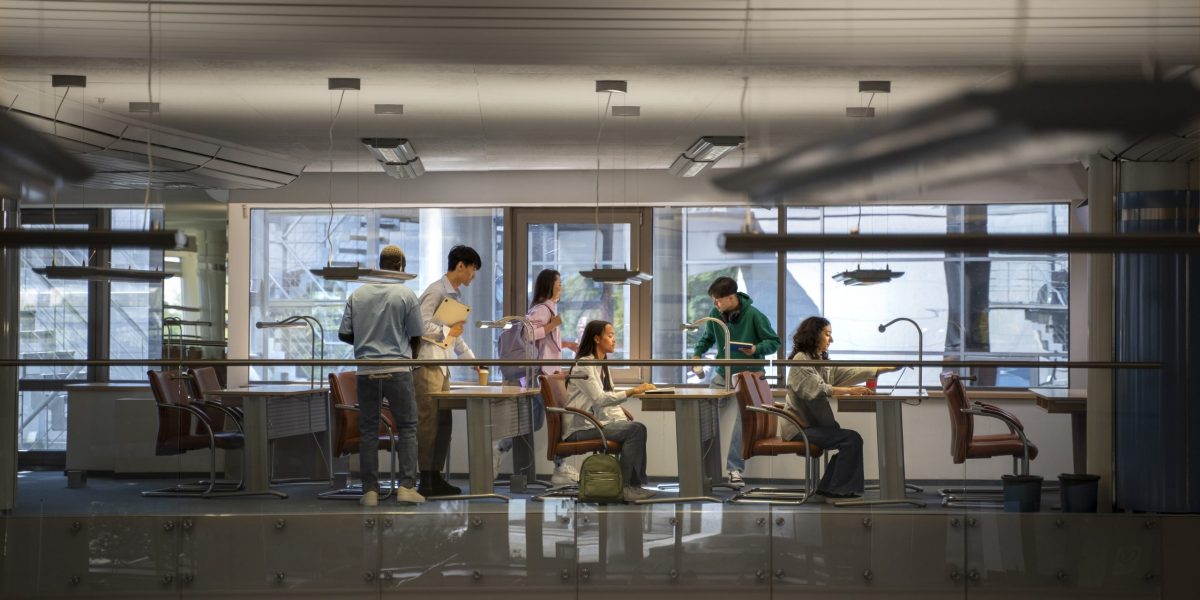Why We Still Love Face-to-Face Research (Especially a Good Old Hall Test)
If you’ve ever tried explaining what you do for a living to your family and been met with blank stares, you’ll know where I’m coming from. After years of working in market research, wading through data tables, spending days lost in analysis and project planning – my family still isn’t quite sure what I do. And now, as I focus more on the operational side of things, they’re even more baffled.
So, when a flurry of hall tests landed recently and I tried explaining our role at Face Facts, the simplest comparison I could come up with was this: think event planning, but in a controlled environment with a whole lot of logistics.
In a world that’s increasingly online, there’s something deeply satisfying about bringing people together in a physical space to capture real-time reactions. It’s a little old-school, yes, but it works. And we love it.
Why Hall Tests Still Matter
There’s a certain magic to being in the room with participants as they interact with a product or concept. You can see their reactions, their hesitations, the spark of delight or even confusion right there in front of you. It’s visceral, immediate, and packed with insights you can’t always pick up remotely. That’s why we love it when clients come along, too. Watching real responses unfold and even doing the occasional deep-dive interview on the spot can offer real ‘aha’ moments that add rich, qualitative context to what we observe.
Behind the Scenes: The Many Moving Parts
Running a hall test is no small feat. Behind a smooth day in the field lies a mountain of planning and coordination.
It starts with the basics: booking a venue that’s the right size and in the right location. Is it central enough to pull people off the street, or are we recruiting in advance? If it’s a more niche audience, how close do we need to be to a reliable recruitment pool? These first few decisions form the basis for everything else.
If we are product testing then we need to think about how many products we need, do they need decanting from the original packing or de-branding and what ingredients are there in them, so we ensure participants are aware of what they are testing. For prototype testing, we might need NDAs signed, secure transport arranged and safe storage planned.
Then there are the practical touches: tablecloths, gloves, palate cleansers (yes, really), and cleaning materials all need to be ordered. If it’s a food or drink test, we might need to think about refrigeration, food prep areas and even the timing of sessions to avoid palate fatigue.
Incentives need careful consideration, too low and you risk dropouts; too high and the budget groans. If participants are returning across multiple sessions, that adds another layer: they need to stay engaged and show up, without us having to recruit half the town to hedge against no-shows.
A Week in the Life…
This week, our team was out in the field visiting the first days of a new hall test. I’m pleased to say it’s been a resounding success. The client was impressed, the respondents engaged, and the day ran like clockwork. That doesn’t just happen. It’s the result of hours of behind-the-scenes planning by our in-house team, thinking through every step, pre-empting possible pitfalls, and leaning into the years of experience we’ve built up.
We produce detailed documents, map out the flow of the day, liaise with the supervisors on the ground (who always brings invaluable practical wisdom), and then mentally walk through the whole event from start to finish. Where will respondents check in? How long will each task take? Where are the possible bottlenecks and how do we avoid them?
Flexibility is Key
Even with the best-laid plans, things rarely go exactly as expected. That’s why our team always attends the first day of fieldwork to check in with supervisors, make adjustments on the day to be implemented in future halls, and stay closely connected with clients. Agility matters.
The Joy of Doing It Right
In many ways, running a hall test is like putting on a show: you plan, rehearse, troubleshoot, and then watch it all come together. And when it does, it’s genuinely rewarding. There’s something uniquely satisfying about seeing all the behind-the-scenes effort turn into a seamless experience and even more so when that results in valuable, actionable insights.
So yes, we still love face-to-face research. And especially hall tests.
No matter how advanced digital methods become, there’s still a place, and a real need, for in-person moments, where real people meet real products, we get to witness it all unfold and our clients benefit from truly insightful results.
And maybe, just maybe, one day my family will understand what I actually do. 🤣

